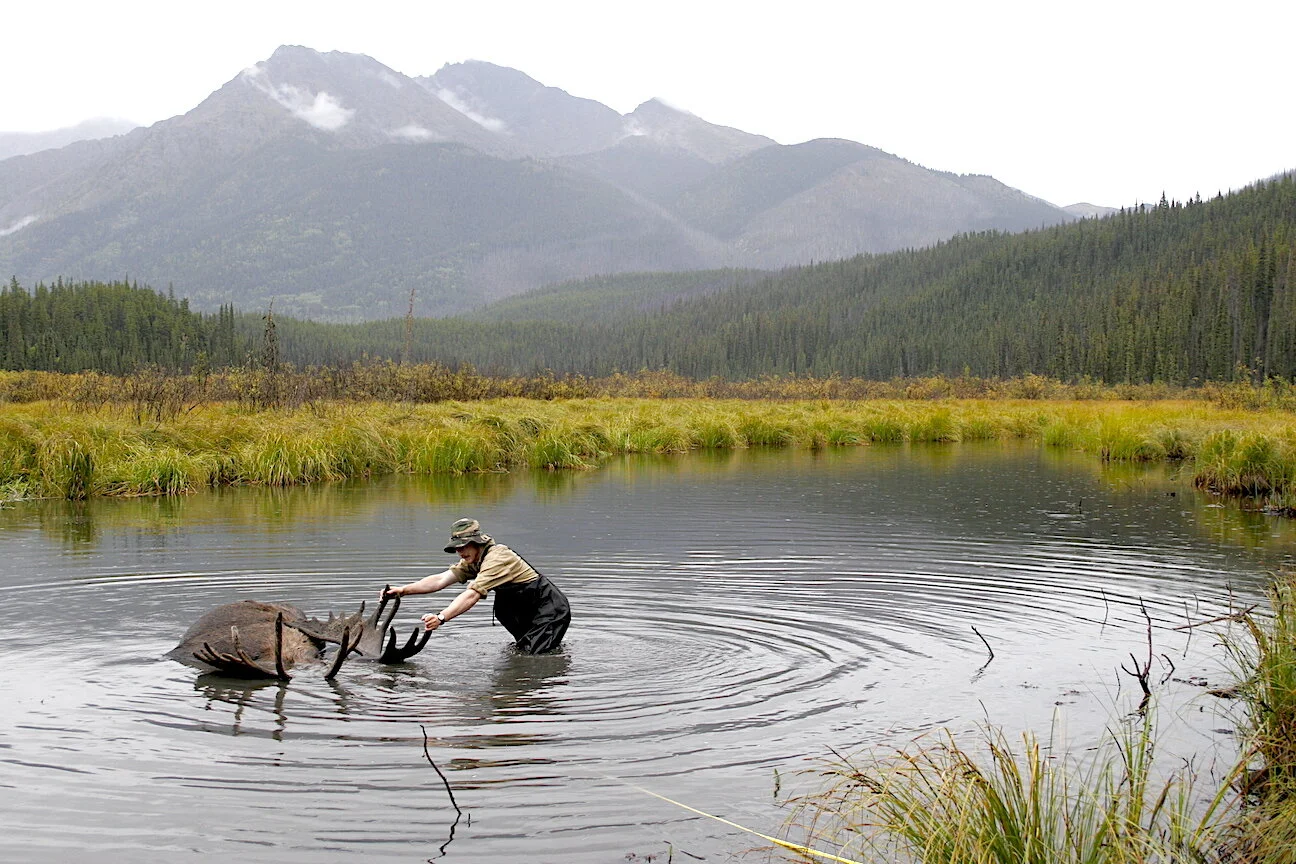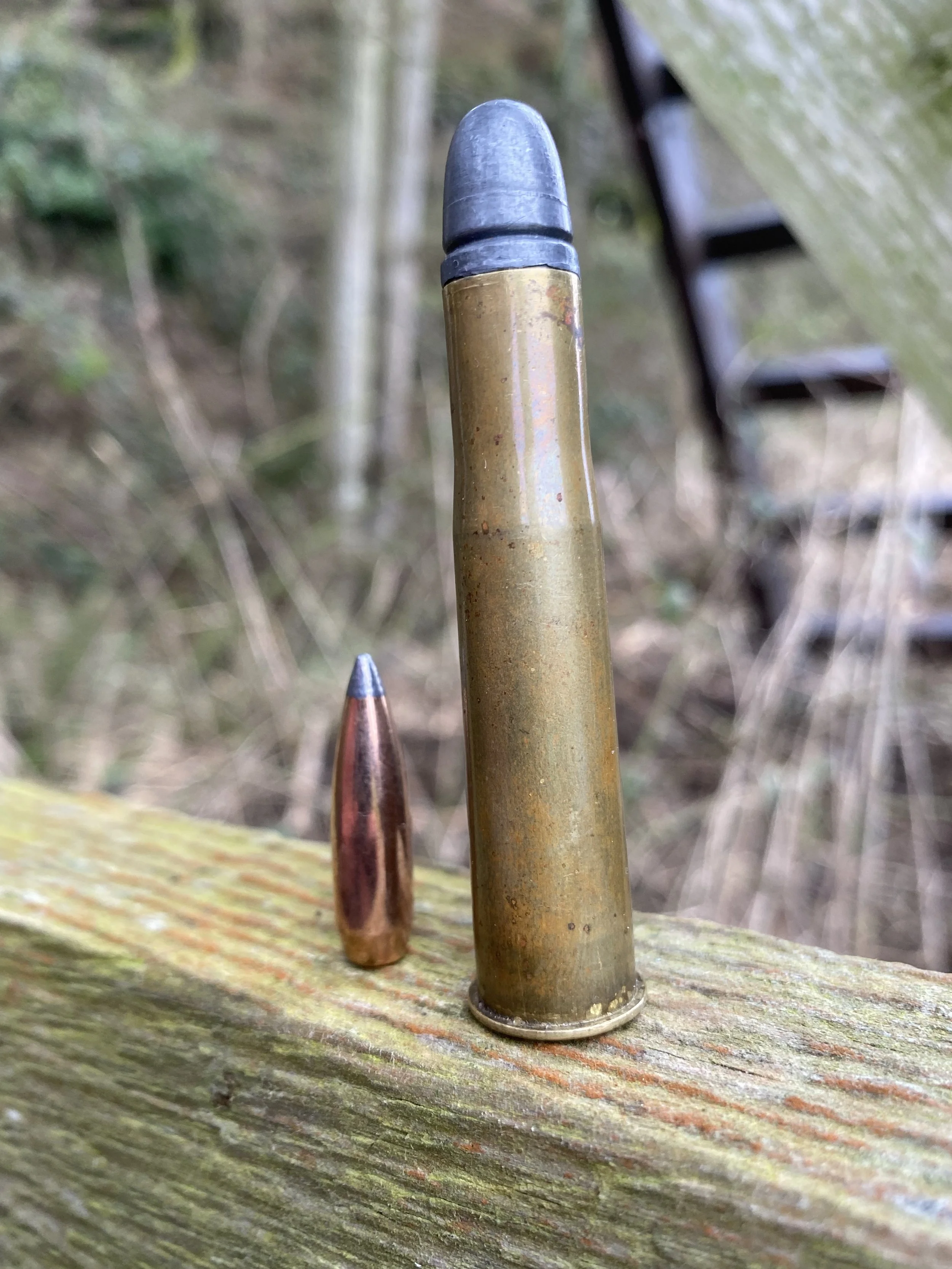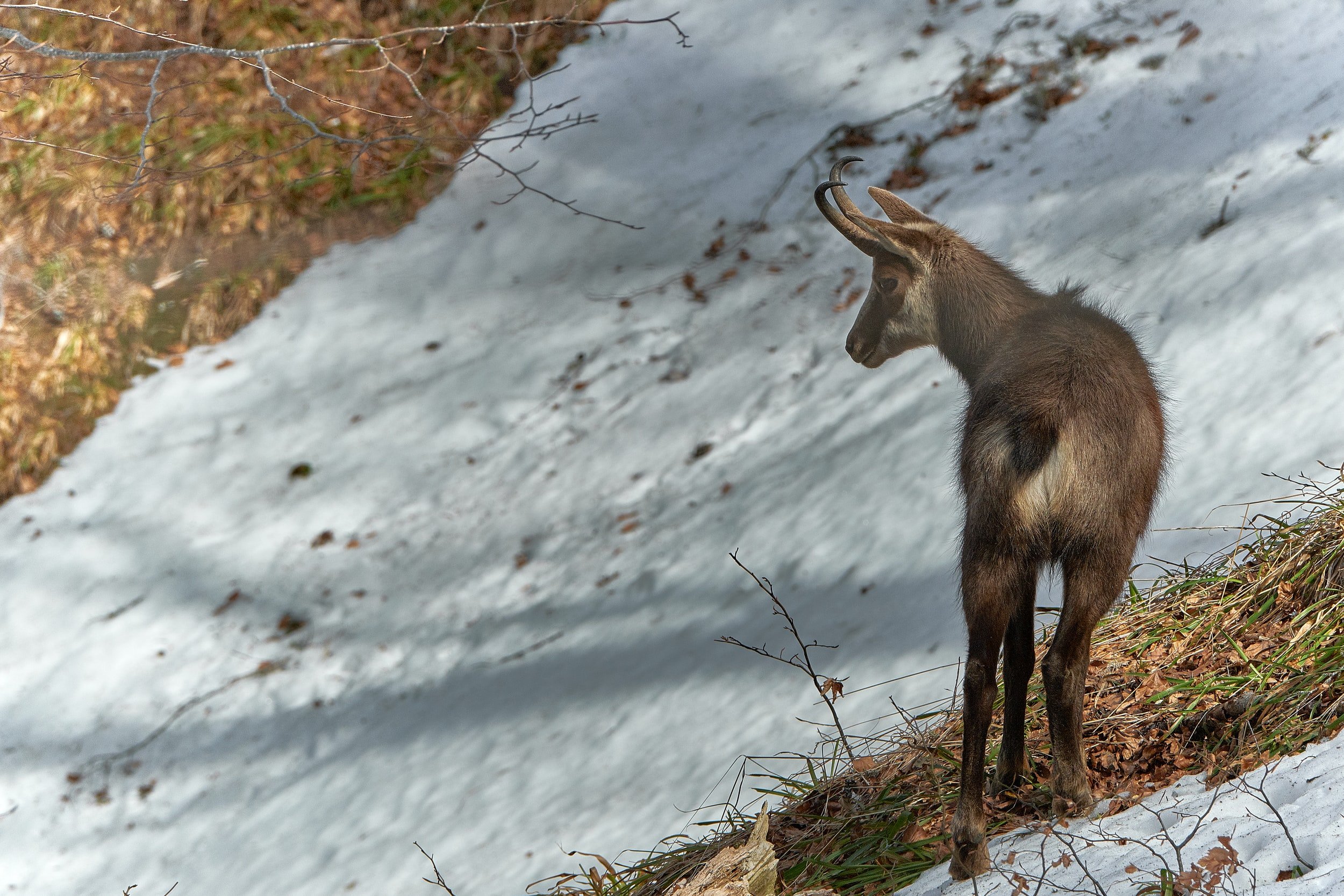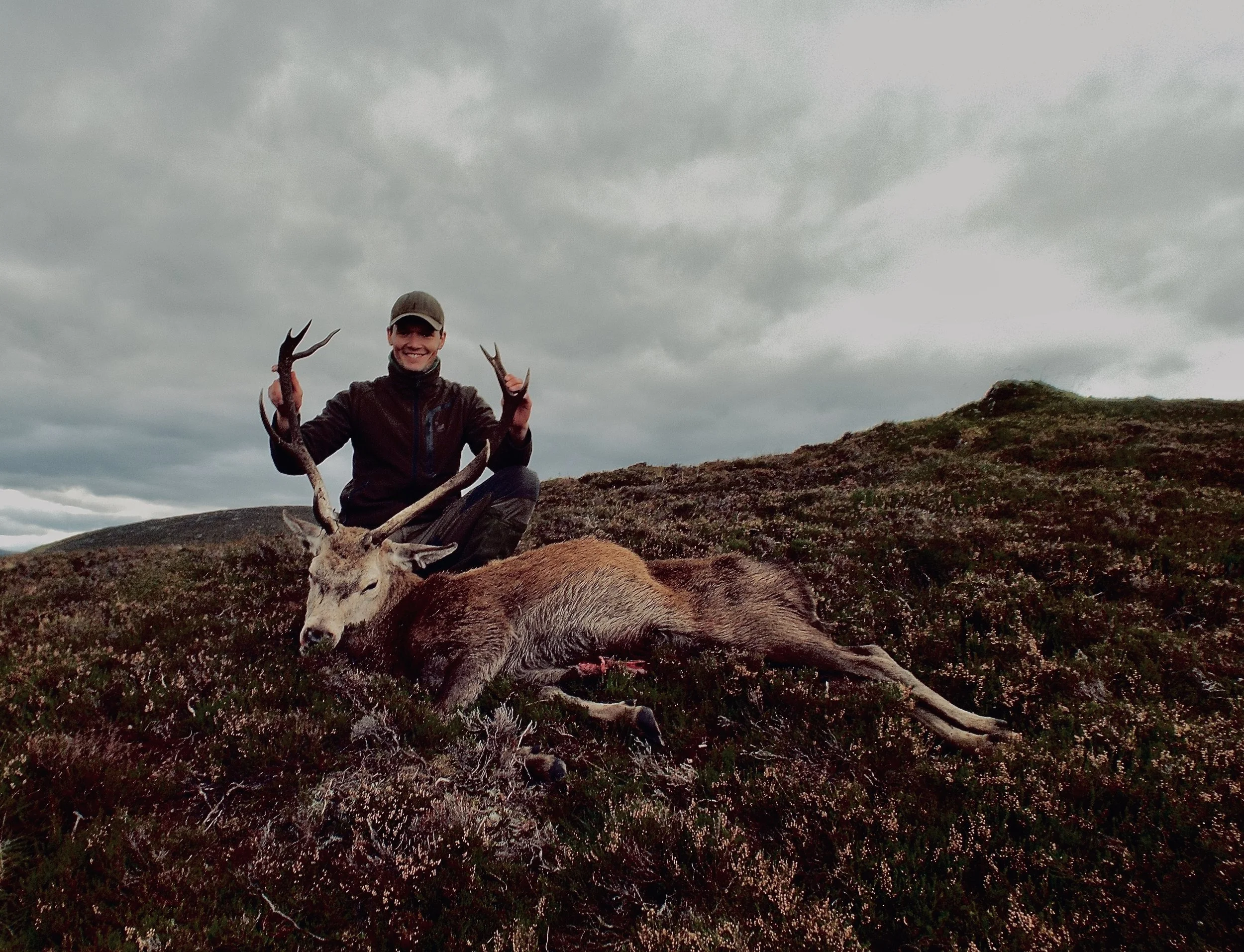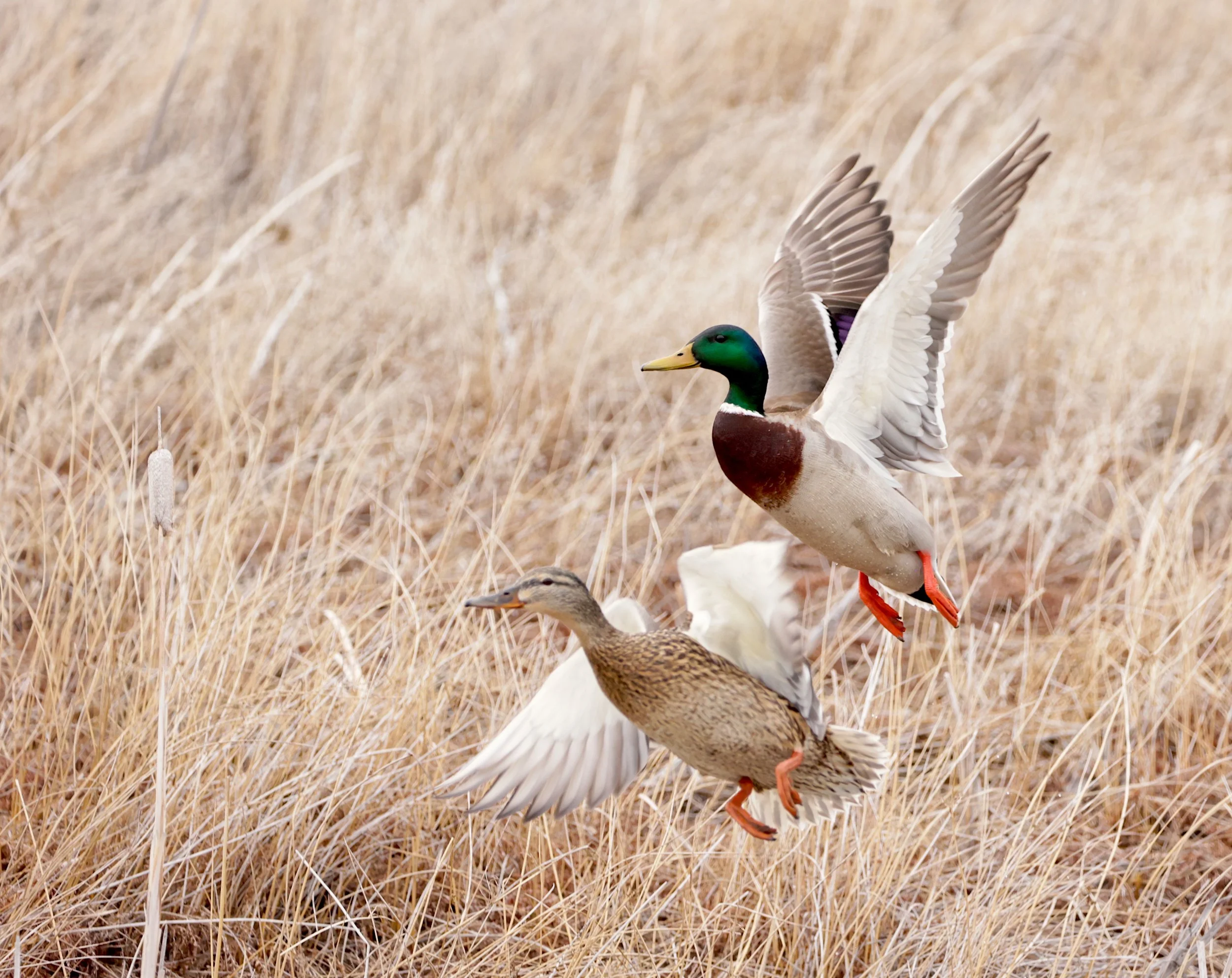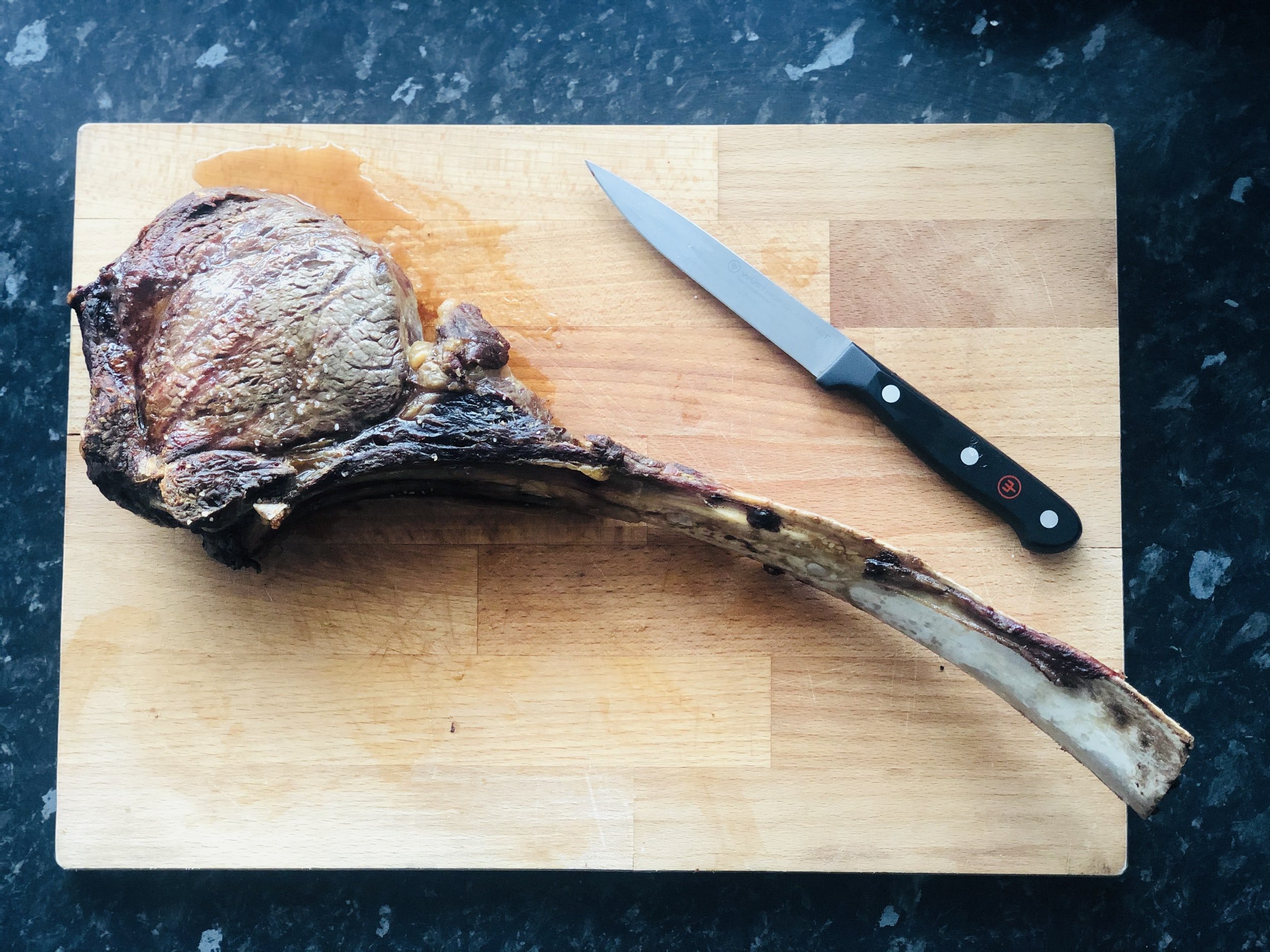Where Else to Hunt Moose
Deep grunting calls coming out of a taiga thicket. A bull moose, close but invisible, hesitating and assessing the situation, wanting to come closer to the source of the cow call. Another step reveals the first glimpse of giant shovels above a massive dark body. After years of dreaming and preparing, a few more strides, the opportunity is finally there. You aim and let the bullet do its work.
Most hunters envision themselves in a moment like that. The biggest cervid on the planet is likely to be in the top 5 of most big game hunters’ wishlist. But the chance to lay hands on a pair of shovels doesn’t come by every day. Of course, guaranteed outfitter tags will ensure you can go and hunt for moose, but they do so at a hefty price. For those who wish to hunt bulls on their own, it is important to know that most places in North America with moose populations have some draw in place to determine who can pursue these magnificent beasts. It may take years or decades before you call a tag your own. The availability of tags for non-residents seeking to fulfill this dream hinders hunters in their pursuit of opportunities. And the places without a draw are often so remote that even skilled hunters should take an honest look at the mirror and ask themselves if they can successfully hunt these places alone. A successful hunt can become a true nightmare without an outfitter’s skills and logistic support. Imagine recovering a massive moose with just your hands and back. Add in the costs for air travel, shipping of meat and antlers, necessary gear, and luggage -- even a D.I.Y. hunt won’t come cheap.
Trophy size varies considerably depending on which subspecies you hunt. And with that, there is a huge price range. The terrific racks of Alaska-Yukon Moose come at a price; smaller moose from Eastern Canada cost way less, although they’re not cheap.
For many hunters, booking a hunt for the biggest bulls in northwest Canada or Alaska is just out of reach. We’re talking about 20.000-40.000 USD here. Add expenses for travel, trophy shipping, extra nights in hotels, tips, and spend the next 10.000 dollars. And since prices only go up with every year passing, you better go yesterday than tomorrow. I’m not one of the lucky folks that can afford a hunt like that. I have to look elsewhere. Newfoundland and other eastern provinces have some great moose hunting. Less trophy potential, but also way lower costs. Hunting here would also be a dream come true. Although realistically, you still have to transfer a lot of cash.
You can also apply for a tag in states like Maine, but as a non-resident, you might wait decades. If you’re lucky, you will be able to afford a guide more easily. Hunts are not nearly as expensive here as further north.
But there are more places on this earth where moose roam vast and diverse landscapes. The huge landmass of Eurasia is worth a look. Different subspecies, from small (relatively speaking) to humongous, put their hooves on the often wet and muddy soil. Various opportunities, hunting methods, and prices exist across the home range of moose. There might be just the right deal for you out there.
Look across the Bering Sea towards Russia’s Far East, and you’ll find the huge East Sibirian or Chukotka Moose roaming the Kamtschatka peninsula. Consider this the Russian equivalent of an Alaskan moose hunt. Hunts are not cheap, but roughly two-thirds for basically the same moose as the northwestern giants of North America. The country looks the same and is as remote as Alaska. The adventure is comparable. The memories should be the same.
A bit smaller are western Siberian moose, also called Yakutia moose. These inhibit the vast open spaces of Siberia in Russia.
Other opportunities for the hunter who wants to lay his hands on a moose include Central Asia. A step down to a budget of around 10.000 bucks is still a lot of money for two weeks of adventure. But with careful planning, a moose hunt in Kazakhstan is not out of reach. These are moose of the European subspecies, but they tend to be bigger in body weight and carry heavier and wider shovels than most European bulls. Horseback hunts or spot and stalk hunts are most common. In addition to fantastic and quite large moose, Kazakhstan also offers other species like maral (Asian elk), ibex, and Siberian roe deer. A trip to the breathtaking Altai Mountains will rival any moose hunt in North America regarding scenery and overall experience.
European parts of Russia west of the Ural Mountains are home to a healthy population of European moose. Udmurtia, Kurgan (also known for huge roebucks, by the way), and the Ural region are placed with excellent success chances and good trophies. Hunts are conducted as spot and stalk hunts, stand hunts, or moose are called in during the rut. In some places, hunters drive their trucks through the hunting area and stalk in on spotted bulls. If you like that or not, that’s your decision. I wouldn’t rob myself of the actual hunting experience and choose one of the other methods. The landscape varies a lot. Depending on the corner of Russia you visit, you may hunt in low and wet biotopes, rolling hills or mountain ranges, and everything in between. Depending on trophy size, you can expect to spend as little as 5.000 USD and 8.000 USD for the hunt. Combination hunts for moose and roebuck are very common, where either species may be the primary target.
Besides Western or European parts of Russia, Belarus is a place with a strong tradition of moose hunting. Calling or stalking are the main hunting methods. Stand hunting can be arranged in some areas, so even hunters with reduced mobility can get a fair shot at a bull moose. Driven hunts are uncommon for some folks in North America but are deeply rooted in the hunting heritage across Europe. Even more typical for the Baltic countries and Scandinavia, you can take part in those in Belarus, too.
Deep forests and swamps are where these moose live, just like elsewhere. Extensive farming areas are also quite promising. Trophy size tends to be a bit smaller the further west you hunt, so you should expect less when you decide to go to Belarus. But, not surprisingly, prices, therefore, are even more affordable. You could realistically get moose on your bucket list and spend less than 5.000 dollars, depending on the size of the trophy. As usual, this excludes extra costs for taxidermy, tips, etc. But it’s hard to argue with a guaranteed (the opportunity is guaranteed, not the success) moose hunt for at or under 5.000 bucks. Combinations with red deer or wild boar can be arranged, as both are other typical game species in Belarus.
The Baltic States of Latvia and Estonia on the eastern shore of the Baltic Sea are densely wooded and flat. Besides offering interesting culture and history, both countries have strong and huntable populations of European moose. The bulls may or may not grow shovels. Even some old ones don’t sport palmated antlers. So this is not the ideal place for the dedicated trophy hunter. But if you like to see and hunt moose, with high success rates, you should consider both these countries. Driven hunts for both sexes and even calves, stand hunts, and stalking is all common methods. Costs for bulls are about the same as in Belarus, and they also grow in proportion to the horns you take home. A cow on a driven hunt will make for a lot smaller bill than a stud bull.
Today, Latvia and Estonia are probably safer options than Russia or Belarus. In regards to cancellations and overall hassle, of course. I doubt that you would have to fear for your safety in either country, as hunters usually get along very well despite obstacles like politics, religion, or anything else that divides other people.
The three Scandinavian countries of Finland, Sweden, and Norway are beautiful, sparsely inhabited with kind people who often speak outstanding English and offer healthy moose herds. A lot of the hunting tradition revolves around dogs. So too little surprise, driven hunts with dogs are what gets Scandinavian hunters’ hearts going. But other hunting methods are practiced, too. Specialized dogs take on the spur of moose, follow them wherever they go, and try to bay them. Hopefully, the hunter has to follow in good enough shape to walk for miles and miles in tough terrain. After closing the gap, the moose is judged and either shot or left to live another day. This method can be extraordinarily exhausting and will test the grit and stamina of dog and man alike. Trophy size is of little interest for most Scandinavians. But for sport hunters on a trophy hunt, the target animals are accordingly selected. Just don’t expect huge racks. Although big bulls can pop up anywhere anytime, smaller bulls might be the only option during the few days of a hunting trip. Costs vary from less than 4.000 to 6.000 USD. Sometimes even considerably less if you harvest a cow or a calf on your hunt.
Hunters in both Scandinavia and the Baltic countries are less trophy-focused. They traditionally care for meat more than for horns. That certainly doesn’t mean that there are no big bulls around or that guides won’t adapt to clients’ desires. But the management goals are a bit different. Opportunity for participation and meat are at the center of attention.
If you find yourself in a situation like the one I described in the beginning anywhere in Eurasia, a rifle chambered in an all-round cartridge will do the trick. Moose are not notoriously tough. When hit in the right spot, they will succumb to the wound quickly. I’d choose a .30 caliber or larger, but Scandinavian hunters often use the 6.5x55 Swedish to harvest their moose. Take your favorite deer rifle, pick a heavy and tough bullet, and shoot straight. That’s all you need for moose hunting.
If you’re willing to think outside the box, there are places to chase moose outside the U.S. and Canada. These locations offer additional opportunities, often for reasonable costs. If you’re serious about moose hunting, you can find a place to let your dream turn into reality.















